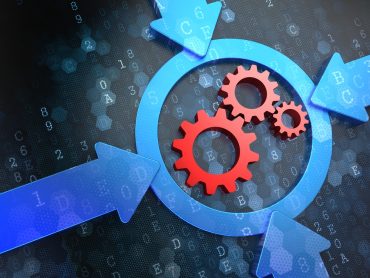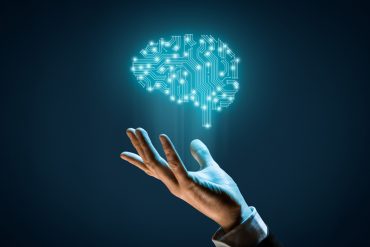
Supply chain transformation is speeding up due to the addition of billions of new IoT devices, gathering data to speed up decisions and systems.
When 3D printing – or additive manufacturing on a more industrial scale—first appeared on the scene a few years ago, it signaled the beginning of a notable shift in the way we manufactured products. No longer would it mean sending specs to some distant plant – possibly on the other side of the world – and waiting for a finished product to be shipped, to then pass on to customers. With 3D printing, manufacturing could take place on demand, in the same place a product was designed with software and delivered potentially within minutes.
Now add the Internet of Things to this new scenario, and real-time, interactive manufacturing takes another huge step forward. For anyone wondering about the ultimate scope and reach of the IoT revolution, a recent report from the World Economic Forum (WEF) sums things up pretty handily: along with a constellation of associated technologies, IoT is heralding a “fourth industrial revolution.”
See also: Gartner — How IoT will revolutionize supply chain management
This convergence of technology and digital production employs real-time visibility and analytics that is changing manufacturing from a produce-and-sell model to an interactive, design-and-produce-at-the-minute-a–product-is-needed model. In the process, manufacturers will no longer be constrained by the costs and processes that made their business slow to respond to market demand.
“The products that consumers demand, factory processes and footprints, and the management of global supply chains are being re-shaped to an unprecedented degree and at an unprecedented pace,” the report’s authors observe. “Industry leaders who were consulted believe that new technological solutions heralded by the Fourth Industrial Revolution – such as advanced robotics, autonomous systems, and additive manufacturing – will revolutionize traditional ways of creating value. As the costs of deploying technology continue to fall, international differentials in labor costs will no longer be a decisive factor in choosing the location of production.”
Supply chain transforming with new devices
With more than 20 billion connected devices coming online worldwide within the next two years, the digital transformation of supply chains is accelerating. “Connected devices ensure the availability of real-time data, enable the geographic distribution of operations and manufacturing, and result in improvements in operational efficiency, processing time and operating and management costs,” the WEF authors state. “Devices that generate data on a continuous basis are at the core and forefront of the digital transformation of supply chains.
Examples of IoT-driven processes and facilities include “interconnected warehouses that are linked to intelligent transportation systems and the introduction of IoT platforms which allow for the tracking of all assets and devices in real time.” On the production floor, “smart enterprise control, asset performance management, and augmented operators. The opportunities will only grow with the growth of intelligent interconnected assets and devices worldwide.”
Ultimately, these connected manufacturing systems will be able to run and repair themselves, with a minimum of human intervention. With technology initiatives such as artificial intelligence (AI) and self-learning systems, and machines develop the ability to “replicate the cognitive abilities of human beings,” the WEF authors state. Predictive maintenance, for example, “has the potential to transform global production systems.
AI can significantly help improve performance without human intervention, and allows for constant analysis of performance data, which enables machines to improve over time; whether this is a robot installed in a factory or a distribution warehouse.”
Security and employment disruptions are two factors that need to be managed as the transition to an IoT, real-time manufacturing platform takes place, the WEF authors caution. “Machine-generated insights will pave the way for greater precision and accuracy. While repetitive tasks are performed by machines, people can focus on more complex activities.
Physical assets replace low-skilled labor, which requires investment in and upskilling of the existing workforce. This represents a significant change for workers and should be accompanied by the appropriate communication and support of the employer.”





























